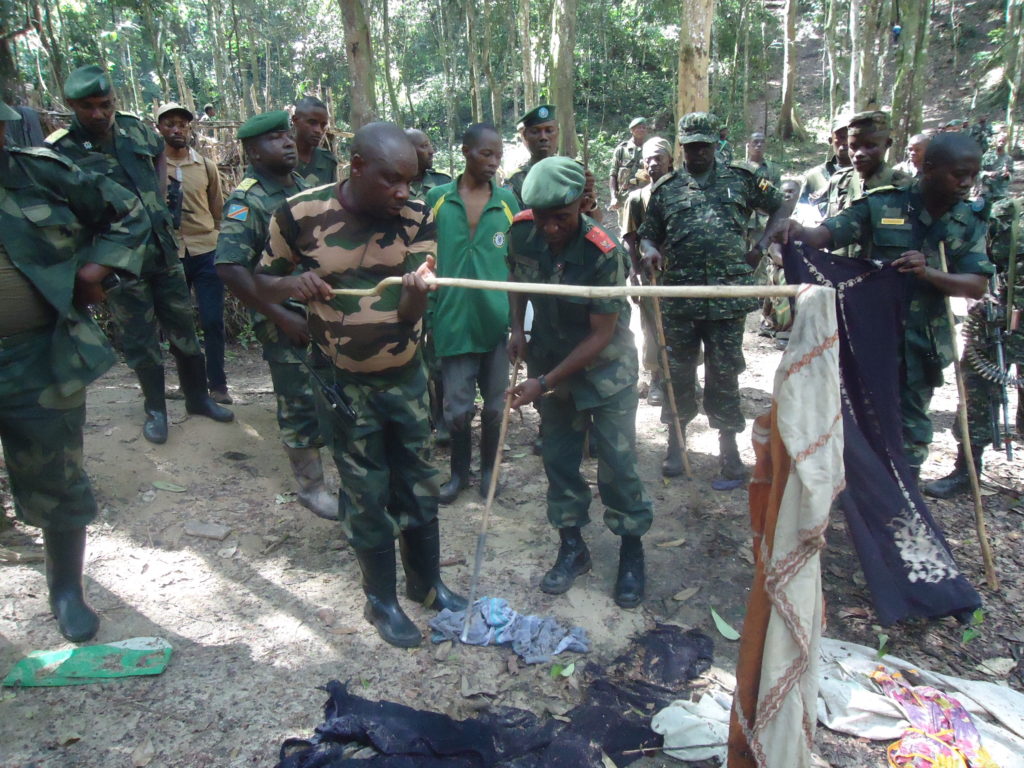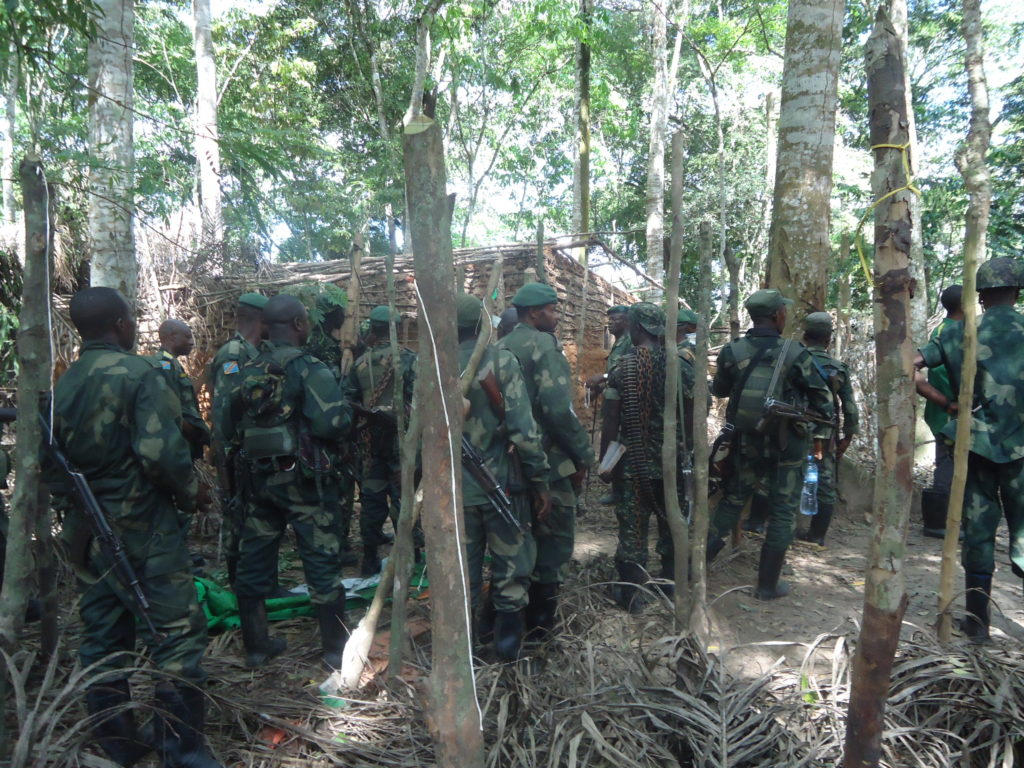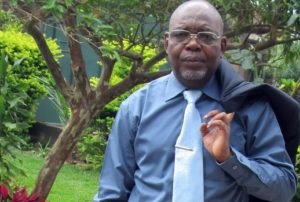
World Watch Monitor speaks to Nicaise Kibel’Bel Oka, editor of “Les Coulisses” (Behind the Scenes) magazine in the Democratic Republic of the Congo. Mr. Oka recently published a book (in French): “The advent of jihad in DR Congo – the unknown Islamist terrorism of the ADF” (Allied Democratic Forces).
WWM: Is there any evidence of a terrorist organisation in eastern DRC?
NKBO: For sure there is an Islamic insurgency in DR Congo. But it’s not well known and it is under-reported by the media. My book aims to draw attention to that phenomenon, which is a threat not only for DRC, but the whole sub-region. Attacks attributed to ADF militants have claimed more than 800 lives in three years. Some may deny the existence of an Islamist insurgency because ADF never claims its barbaric acts, but their modus operandi – the recourse to extreme violence – constitutes a tangible message addressed to the international community. ADF is acting silently in order to better establish its presence without raising alarm, and benefiting from the power vacuum – as there is little or no state presence in eastern DRC. The Islamic Community of Congo (COMICO in its French acronym) is aware of this rise of radical Islam. Some prominent imams in COMICO admit it, but they’re powerless, for fear of reprisals and because they’re part of the Ummah (Arabic for ‘the Islamic community’).
WWM: Who are the Islamists in DRC?
NKBO: The name of ADF is used widely, but this is wrong since ADF stands for Allied Democratic Forces, and, if they were true democrats, they would not commit acts contrary to democratic values. Their real name is Muslim Defence International, which originated from the Pakistani-based Tabliq sect, established in Tanzania in the 1940s. The ADF militants used to be a Uganda rebellion, but it is erroneous to say that ADF militants are from Uganda. They recruit from various origins, from countries like Tanzania, Burundi, Kenya, Sudan, Somalia, and DR Congo. The recent influx of refugees and fighters (about 20,000), fleeing civil war in neighbouring South Sudan, constitute easy prey for ADF. Testimonies by former ADF militants (rescued by the DRC Army following a 2014 offensive which led to the destruction of the ADF headquarters, called “Medina”), and footage of ADF camps, enable us to better understand the organisation and structure of the group. The recourse to extreme punishments (lashes, crucifixion, stoning, etc.) are common practice.

WWM: How would you describe their strategy?
NKBO: Unlike other terrorist organisations, ADF are not publicising their acts. Taking advantage of the tropical forest of Ruwenzori – which hosts the Virunga National Park – they set up their ‘Medina’ base in 2004 to train and send jihadists across the sub-region. We have seen footage of children as young as 8 to 10, trained in martial arts and the use of weapons. ADF uses seduction and money to recruit in mosques, which are widely known as ‘welcome centres’. Widespread poverty, reinforced by years of instability, has created a fertile recruiting ground for jihadists. Additionally, the ADF has carried out mass kidnappings of villagers and civilians: young men are used as fighters; children and women are turned into ‘carriers’ or sexual slaves. But in reaction to the Army’s 2014 offensive, ADF militants now attack civilians indiscriminately, accusing them of supporting the Army. The militants also target medical centres, pharmacies and shops to acquire medicine and food.
WWM: Are churches targeted?
NKBO: Churches are not a primary target of ADF’s attacks, though they are paying a heavy price. Lots of unemployed young Christians are attracted by economic facilities offered by Islamists: taxi-motorbikes, small businesses etc. For instance, the founder of ADF, Jamil Mukulu, is a former Catholic who converted to Islam. Moreover, any attack carried out by the militants constitutes an attack against churches, as the vast majority of the population is Christian, like the rest of the country. But Islam is now growing. The Muslim population in eastern DRC has grown from 8 to 12%. It’s also worth pointing out the role played by UN Peacekeepers: troops from India and Pakistan are widely known for their proselytism to Islam, and have largely contributed to setting up mosques through zakat (donations).

WWM: Do ADF militants benefit from foreign support?
NKBO: The propagation and radicalisation of Islam in eastern DRC has benefited from various factors and external sponsors. The founder of ADF, Jamil Mukulu, was a charismatic preacher. He made his debut in Uganda, where he attacked the main mosque of Kampala, the capital, in 1991. He was arrested and put in prison, before being released a year later. He also carried out some attacks against schools, before fleeing to Sudan, where he stayed alongside the pro-eminent Sudanese radical cleric, Hassan al Turabi, but also the current and former leaders of Al-Qaeda, Egypt-born Ayman al-Zawahiri, and Osama Bin Laden, until 1995. If Bin Laden’s disciples are widely seen as a threat and called terrorists, why should we wonder about members of Mukulu’s jihadist organisation? One may also wonder why UN troops who fight ADF militants, alongside the DRC Army, are reluctant to recognise that they are fighting terrorists? ADF militants benefit also from external financial support, through the extraction of natural resources (gold, cocoa, logging, etc.), which constitute their main source of income. Their support comes from countries like Saudi Arabia and Turkey, and also from Europe – notably from England, where they seem to have lots of sympathisers.